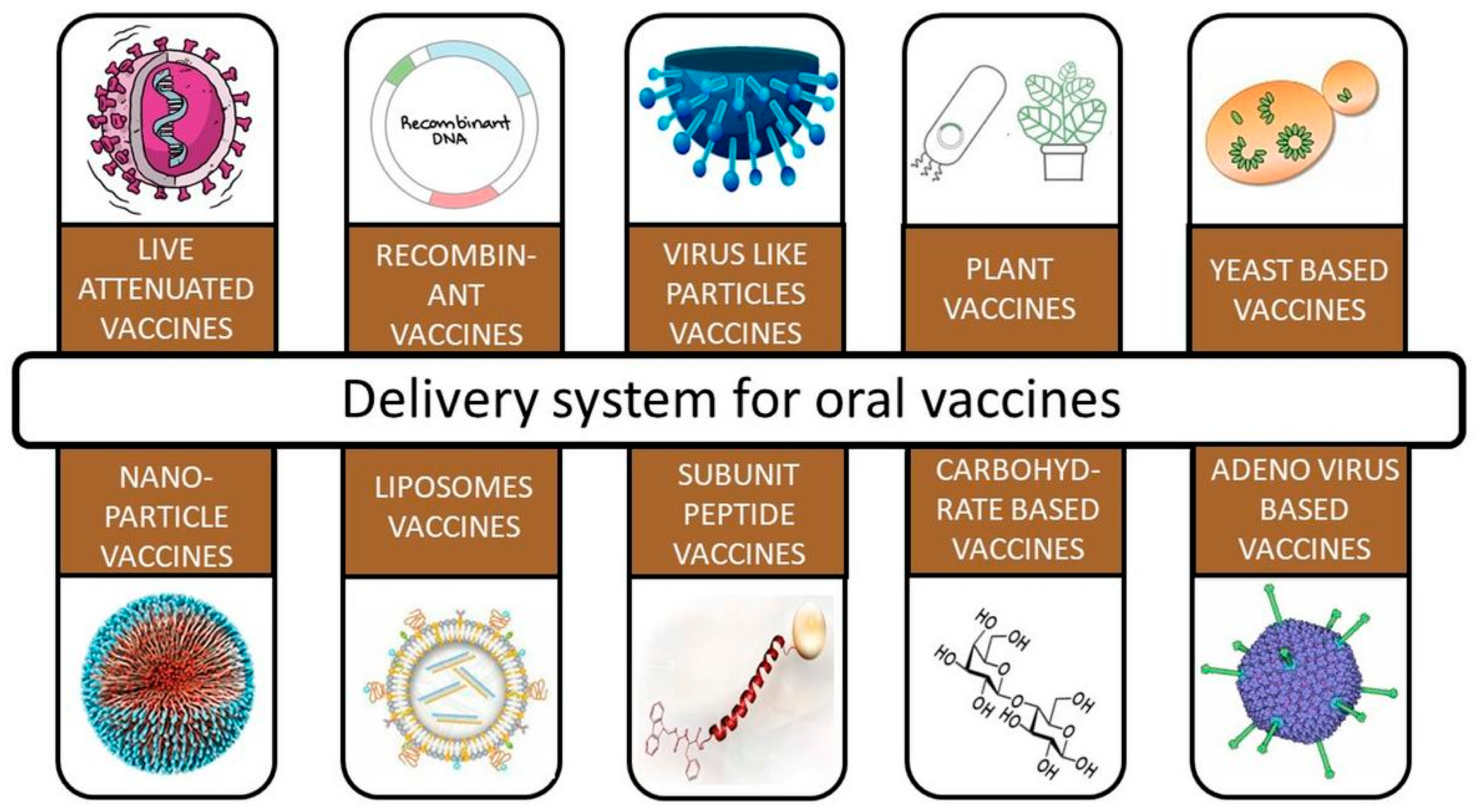Classification of vaccines: Mucosal and Transdermal delivery of vaccines.
Introduction:
Vaccines are biological products that stimulate an immune response in the body to protect against infectious diseases. They are classified based on their composition, route of administration, and mode of action. In this article, we will discuss the different types of vaccines and their classification, as well as the mucosal and transdermal delivery of vaccines.
Classification of vaccines:
Inactivated or killed vaccines: These vaccines contain whole pathogens that have been inactivated or killed. Examples include the inactivated polio vaccine and the hepatitis A vaccine.
Live attenuated vaccines: These vaccines contain live, weakened pathogens that are less virulent than the natural form. Examples include the measles, mumps, and rubella vaccine and the yellow fever vaccine.
Subunit, recombinant, or conjugate vaccines: These vaccines contain specific components of the pathogen, such as proteins or polysaccharides. Examples include the human papillomavirus vaccine and the Haemophilus influenzae type B vaccine.
mRNA vaccines: These vaccines contain messenger RNA that instructs the body to produce a specific protein from the pathogen, which then stimulates an immune response. Examples include the Pfizer-BioNTech and Moderna COVID-19 vaccines.

Mucosal delivery of vaccines:
Mucosal surfaces, such as those in the nose, mouth, and lungs, are the primary sites of entry for many pathogens. Mucosal vaccines can stimulate an immune response at these sites, which can provide better protection against infection. Mucosal vaccines can be delivered through the oral, nasal, or pulmonary routes.
Oral delivery: Oral vaccines are convenient and can be administered without needles. However, they must survive the acidic environment of the stomach and the digestive enzymes in the intestines to be effective. Examples of oral vaccines include the rotavirus vaccine and the cholera vaccine.
Nasal delivery: Nasal vaccines are administered as a spray or droplets and can stimulate an immune response in the nasal mucosa. Examples of nasal vaccines include the influenza vaccine and the intranasal COVID-19 vaccine.
Pulmonary delivery: Pulmonary vaccines are delivered as an aerosol and can stimulate an immune response in the lungs. They have the potential to provide protection against respiratory infections, such as tuberculosis and influenza. However, pulmonary vaccines can also cause respiratory side effects, such as coughing and bronchospasm.
Transdermal delivery of vaccines:
Transdermal delivery of vaccines involves administering the vaccine through the skin using a patch or other device. This route of administration has the potential to be less invasive than injections and can provide sustained release of the vaccine over time. However, the skin is a relatively immunologically inactive site, which can make it difficult to stimulate an immune response.
Microneedle patches: Microneedle patches are small, painless needles that penetrate the skin and deliver the vaccine. They can provide sustained release of the vaccine over time and do not require refrigeration, making them a promising option for global vaccination efforts. Examples include the influenza vaccine and the COVID-19 vaccine.
Electroporation: Electroporation involves using an electric current to temporarily disrupt the skin barrier and enhance the delivery of the vaccine. It has been used to enhance the delivery of DNA vaccines, such as the COVID-19 vaccine.
Conclusion:
Vaccines are an essential component of public health, providing protection against infectious diseases. They can be classified based on their composition, route of administration, and mode of action. Mucosal vaccines can stimulate an immune response at the sites of entry for many pathogens, while transdermal delivery of vaccines can provide sustained release over time. Advances in vaccine technology, such as mRNA vaccines and microneedle patches, are improving vaccine efficacy



Comments
Post a Comment